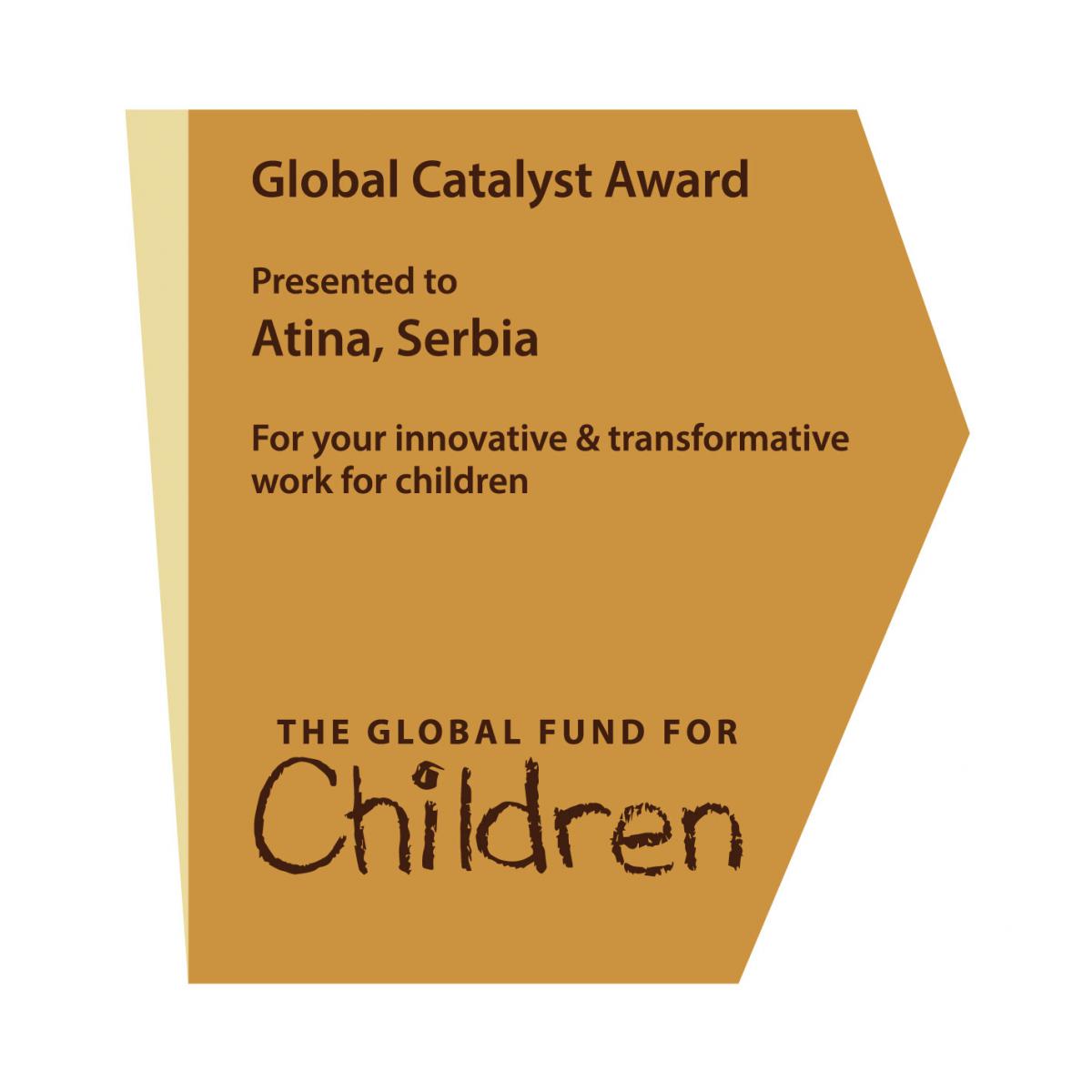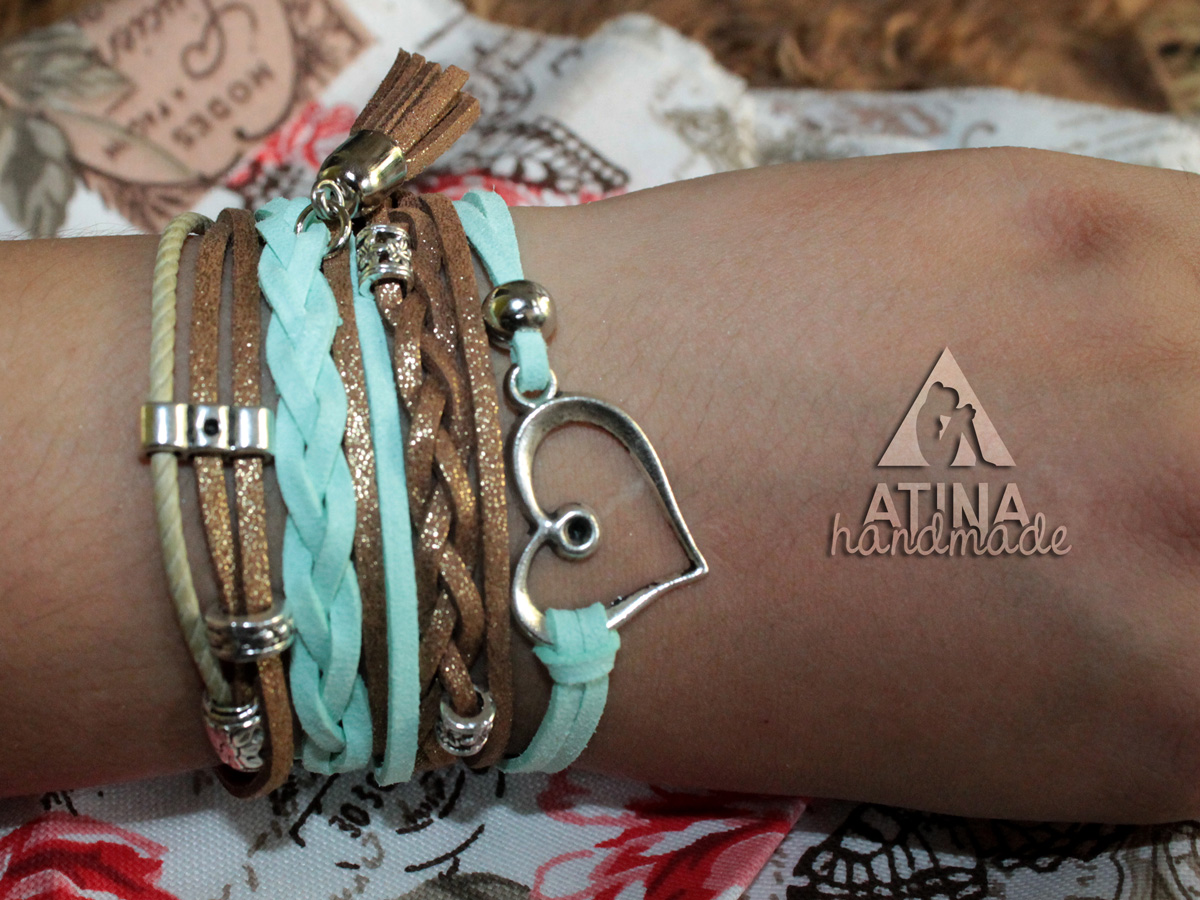Hotline: +381 61 63 84 071
Why girls on the move are the Pippis of today

Photo: Ahmed akacha / Pexel
Why girls on the move are the Pippis of today
Girls on the move, which means girls who have left their countries and are on their migrating journey, are very diverse and have a wide array of experiences, personalities and stories. However, there is one thing they all have in common: courage. Which is why Save the Children and The Astrid Lindgren Company are currently promoting the campaign Pippy of Today, to honor and shine a light on the stories of girls on the move.
Who is Pippi?
For many children and adults-alike, Pippi Longstocking is a familiar face. With her signature longstocking, red braided hair and freckles, Pippi has long been a symbol for rebel and independent girls everywhere. She is not afraid to speak her mind and is famous for her superhuman strength and resilience.
The stories of Pippi Longstocking have captivated audiences all over the world, from her native Sweden to China, and have been translated into 77 different languages. A great role model for young girls, Pippi always believes in herself and is determined to always be as kind and accepting as possible, although she never lets anyone take advantage of her.
Because Pippi is such an icon for her strong personality, The Astrid Lindgren Company and Save the Children saw Pippi’s traits reflected on girls on the move, and that is why they are considered to be the Pippi’s of today.
The world’s strongest girls
In the context of the Pippi of Today campaign, the stories of ten girls on the move are featured as examples of girls who demonstrate the strength and resilience of Pippi.
Adriana, for example, is a 14-year-old girl from Venezuela, currently in Colombia, She escaped her home country due to instability, violence and food shortages, but the situation in the border region of Colombia is also far from ideal. However, Adriana carries on and thinks only of her family members left behind: “Right now, I’m not thinking anything about my own future. Just that my sisters move forward in life, that God helps them. My dream is that we can all be together again”, she says.
Claudia, 12-years-old, was also forced to leave Venezuela and is now in Colombia with her mother’s friend, Mariana. Although her mother and her young sister are also in Colombia, they cannot afford to have her live with them. Claudia understands that, although she has left Venezuela, her situation is unstable and there are threats from organized crime and guerilla groups. She hopes children in similar contexts think twice before acting, because the risks are many and situations can spin out of control. However, she also thinks that the larger issues affecting migrants and refugees like her are due to lack of political will. “If I could tell the politicians in both Venezuela and Colombia something, I would ask them both to stop the anger and to speak with each other”, she says, and hopes to one day become a police officer to help people, especially children in the streets.
Leen, on the other hands, is inspired by her parents. The 11-year-old is living in Sweden after escaping the war in Syria. “My mum and dad are my role models,” says Leen, “It is like a ‘future-machine’ when I see them. They have it the way I would like to have it later in life.” Although being in Sweden for only a short time, Leen already joined the football team and the local scouts.
As for Naw Si Si, she is a leader on the rise. The 14-year-old escaped ethnic persecution in Myanmar and now lives in Thailand. She wants to become a doctor and cherishes the opportunity to go to school. She is also now taking part in a leadership training for young refugees and migrants, and according to her, the experience has had a positive impact: “I feel stronger today. In the past I didn’t dare speak to my teachers, after the training started, I became braver.”
The stories of Luisa, Mary, Karma, Gazal, Anna, and Aye also illustrate the inner strength of girls on the move and how they are each coping, in their own way, with the reality of their situation without losing sight of where they came from, the importance of family and friends, and the challenges of integrating in a new society.
Neither “victims” nor “victors”
Girls on the move, like Pippi, are not one-dimensional. Many of them have gone through difficult and traumatic experiences, both in their home countries and during their migration journey. The risks they are exposed to are tremendous, ranging from detention to robbery to abuse and commercial sexual exploitation.
But for many girls on the move, the migration experience has also allowed them to exercise their agency. Depending on their context, girls sometimes have an active role in choosing routes and planning their journey. The people they meet along the way, the friendships they form (especially with other girls) and the strengthening of existing bonds with family members and other companions on the journey - all these factors show that we cannot examine the experience of girls on the move through just one perspective.
That is why it is important for us to celebrate the strength, resilience and courage of girls on the move, while at the same time we should advocate for changes in policy that can better answer to their needs and invest in programs that can improve their lives.
Organizations Atina and Save the Children have been working for years to improve the position of "girls on the move", in particular by providing direct assistance and support tailored to their needs. As part of the "Pippi of Today" project, extensive activities are being carried out to comprehensively support these girls to exercise their rights, as well as advocacy activities aimed at improving their position. The project is supported by the Swedish Save the Children and relies on ideas proclaimed by the most famous literary figure of the Swedish writer Astrid Lindgren - Pippi Longstocking.












 FACEBOOK
FACEBOOK TWITTER
TWITTER YOUTUBE
YOUTUBE